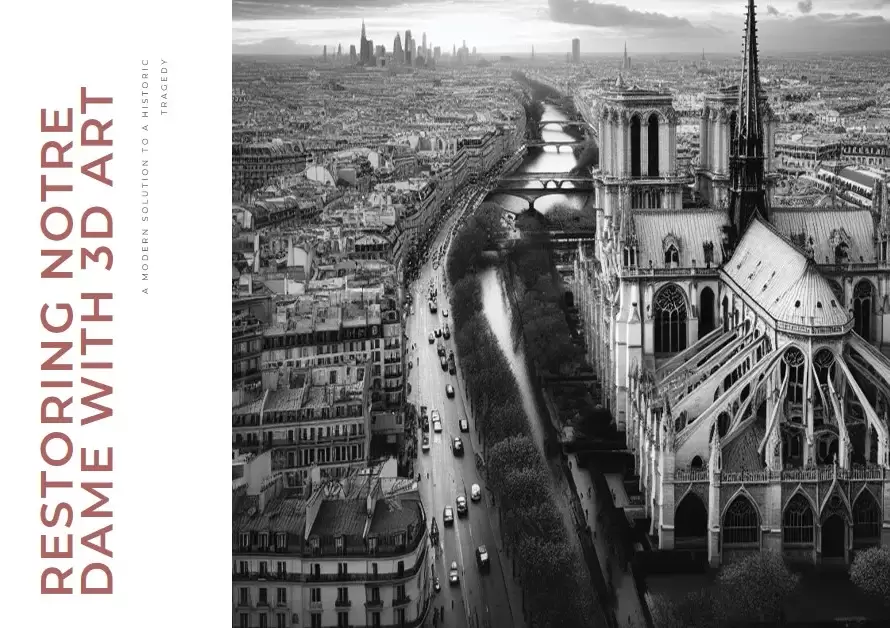
Table of Contents
Unlocking the Vision: Exploring the Depths of 3D Architectural Visualization
3D Architectural Visualization – In the realm of architecture, visualization stands as a pivotal bridge between imagination and realization. Among the array of visualization techniques, 3D architectural visualization reigns supreme, offering a comprehensive portrayal of designs with remarkable depth and detail. This blog delves into the concepts underpinning 3D architectural visualization, illuminating its significance, techniques, and applications in contemporary architectural practices.
Understanding 3D Architectural Visualization
At its core, 3D architectural visualization encapsulates the art of transforming two-dimensional blueprints into immersive three-dimensional renderings. Through the adept manipulation of digital tools and software, architects breathe life into their designs, enabling stakeholders to envision spaces with unparalleled clarity. Unlike traditional renderings, which often struggle to convey spatial relationships and design nuances, 3D visualization offers a holistic perspective, fostering a profound understanding of architectural concepts.
The Evolution of 3D Visualization
The journey of 3D architectural visualization traces back to the advent of computer-aided design (CAD) software in the 1960s, marking a revolutionary departure from conventional drafting methods. Over the decades, advancements in computing power and graphical algorithms have propelled 3D visualization into a realm of unprecedented realism and fidelity. From rudimentary wireframe models to sophisticated photorealistic renderings, the evolution of 3D visualization mirrors the relentless march of technological innovation in architecture.
The Role of Technology in 3D Visualization
Central to the efficacy of 3D architectural visualization is a symbiotic relationship with cutting-edge technology. Leveraging powerful rendering engines and simulation tools, architects can simulate lighting conditions, material textures, and environmental factors with astonishing accuracy. Moreover, the integration of virtual reality (VR) and augmented reality (AR) technologies augments the immersive experience, empowering clients to explore architectural designs in a dynamic and interactive manner.
Techniques and Methodologies
The artistry of 3D architectural visualization encompasses a myriad of techniques and methodologies, each tailored to suit the unique requirements of a project. From wireframe modeling and surface rendering to ray tracing and radiosity algorithms, architects wield a diverse arsenal of tools to realize their creative visions. Furthermore, the adoption of Building Information Modeling (BIM) facilitates seamless collaboration and data interoperability, streamlining the visualization process from conception to construction.


Applications Across Industries
Beyond its intrinsic value to architects and designers, 3D architectural visualization finds widespread application across diverse industries. In real estate development, photorealistic renderings serve as potent marketing tools, enabling developers to showcase properties to prospective buyers with unparalleled fidelity. Similarly, urban planners leverage 3D visualization to simulate and analyze the impact of infrastructure projects on the built environment, fostering informed decision-making and community engagement.
Challenges and Opportunities
Despite its transformative potential, 3D architectural visualization is not without its challenges. From computational constraints to the complexities of photorealistic rendering, architects grapple with a myriad of technical hurdles in their quest for visual fidelity. Moreover, the democratization of visualization tools has led to a proliferation of generic templates and cookie-cutter designs, posing a threat to creativity and originality. Nevertheless, these challenges are counterbalanced by a wealth of opportunities, from advancements in real-time rendering to the burgeoning field of parametric design.
Ethical Considerations
In an age dominated by digital imagery and virtual simulations, the ethical implications of 3D architectural visualization loom large. As architects wield unprecedented power to manipulate perceptions and shape narratives through visual representations, questions of authenticity and transparency come to the fore. From exaggerated marketing renderings that misrepresent the scale and proportions of buildings to the erasure of socio-economic disparities in utopian renderings, the ethical terrain of 3D visualization demands careful scrutiny and principled action.
Future Horizons
Looking ahead, the horizon of 3D architectural visualization brims with promise and possibility. As artificial intelligence (AI) and machine learning algorithms continue to mature, architects stand poised to harness these technologies to automate mundane tasks and enhance design exploration. Moreover, the convergence of 3D printing and virtual reality holds the potential to revolutionize the construction industry, ushering in an era of mass customization and sustainable architecture. In this dynamic landscape, architects must embrace innovation while upholding the timeless principles of design integrity and human-centered architecture.
Conclusion: A Visionary Tapestry
In conclusion, the concepts of 3D architectural visualization represent a tapestry woven from the threads of art, science, and technology. From its humble origins as lines on a screen to its current incarnation as immersive digital experiences, 3D visualization continues to redefine the boundaries of architectural expression. As architects navigate the complexities of the built environment, 3D visualization serves as a beacon of clarity and creativity, illuminating possibilities and inspiring awe in equal measure.


